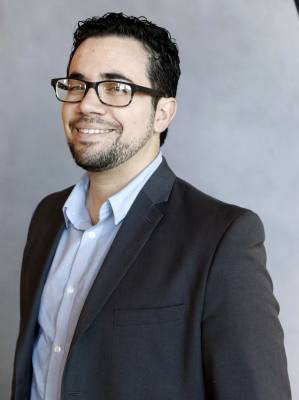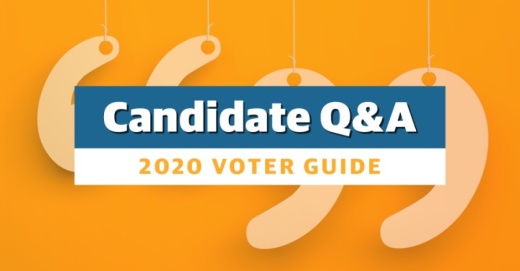AUSTIN ISD
BOARD OF TRUSTEES DISTRICT 8
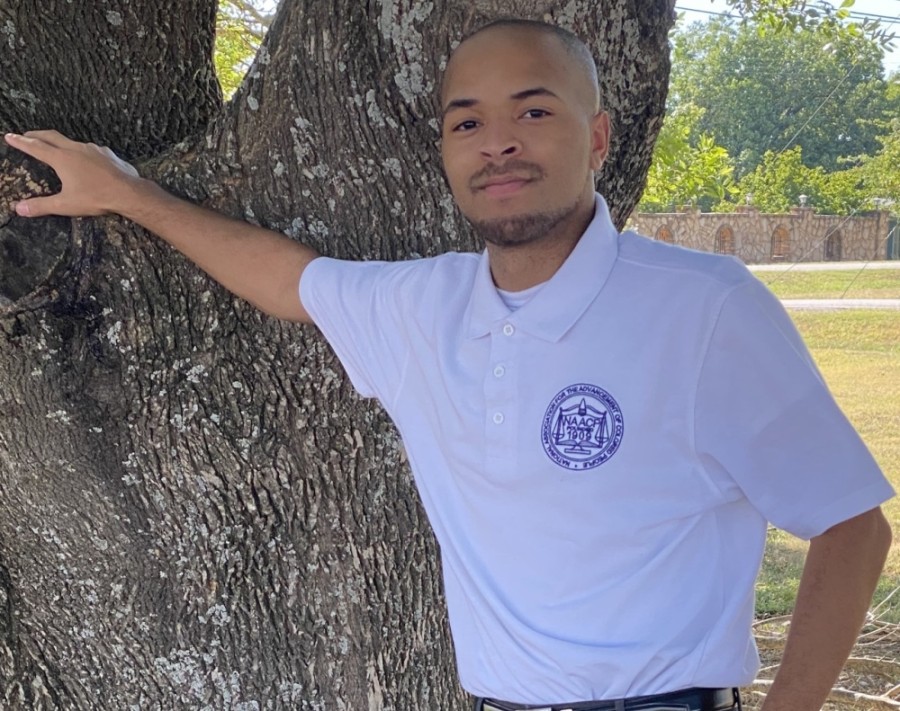
Jared D. Breckenridge
Candidate bio: Breckenridge is a fourth-generation resident of Austin, a former Austin ISD student and an Austin ISD substitute employee. Currently a senior college student pursuing a Bachelor of Arts degree in the field of Education with a concentration on Social Justice and Cultural Proficiency, Breckenridge said he believes that all students should receive a high-quality and equitable education despite their race, zip code, disability, and/or even their native language. Breckenridge is the current NAACP President of Huston-Tillotson University, Chair of the College Student Commission and a member of the Human Rights Commission.
What are the biggest challenges facing the district right now?
JB: Austin ISD as a whole is currently facing a wide variety of challenges; the challenges that we are facing include but are not limited to meeting the safety and in-person educational needs of all of our students, staff, and families during this COVID-19 pandemic, severely under and over enrolled campuses, loss of public school funding due to a numerous amount of issues, and last but most definitely not least, obtaining educational equity and access for every one of our students. These are all extremely important challenges and I’m in the best position now more than ever to collaboratively address these issues.
How would you grade the district’s COVID-19 response so far and what, if anything, would you have done differently if on the board?
JB: In response to this COVID-19 pandemic, I believe that our district should receive a B rating. Why? Because for many of us, this was a very unpredictable pandemic and our district employees truly did step up in many ways to try and meet the vast amount of needs that our students and staff members requested. Over the past 6 months, our district provided millions of meals to students, thousands of WiFi hotspots, and even delivered technology devices to a large majority of the student population. In comparison with other similar sized districts, I would say that we initially did good.
Austin ISD voted to close four schools last fall as part of its school changes plan, with an assumption that another proposal for changes would be coming in 2020. How do you feel about the original plan, and what would you like to see going forward?
JB: As someone who was deeply involved in advocating against the unjust school closures, I feel that the original plan lacked the basic decency of respect and transparency that our community pleaded for. There were so many unanswered questions from students, staff and families. However, aside from school closures, I was in full support of all of the other items in the plan. Going forward, I'll be looking to see our district propose multiple viable, collaborative and innovative options (besides school closures) to improve our school funding. I support equitable options that won’t disrupt our school communities or cause division.
The district opened an equity office last year. How would you like to see the office used going forward?
JB: Going forward, I would like to see our district's Equity Office be treated as more of a first thought and not a second or even optional thought. I would like to see the office receive it's full amount of requested staff members. In addition to that, I would like to see the Equity Office lead and guide our district in the capacity of anonymous and protected equity investigations. We need an independent investigation now more than ever, especially with COVID-19 exposing even more inequitable outcomes for our students and staff members.
How can the district better retain its students as charter schools and other options continue to get established in AISD?
JB: It's no secret that newer charter schools have continued to come into our AISD communities where we have higher percentages of students of color and low-socioeconomic. Intentional? Absolutely. I will continue to advocate for our district to begin to use a strategic, bold and aggressive counter marketing campaign that will help us to regain and retain our traditional public education students. We have so many wonderful programs and benefits that we offer in our district, we just have to ensure that every single one of our students has access and that we're sharing these opportunities with families.
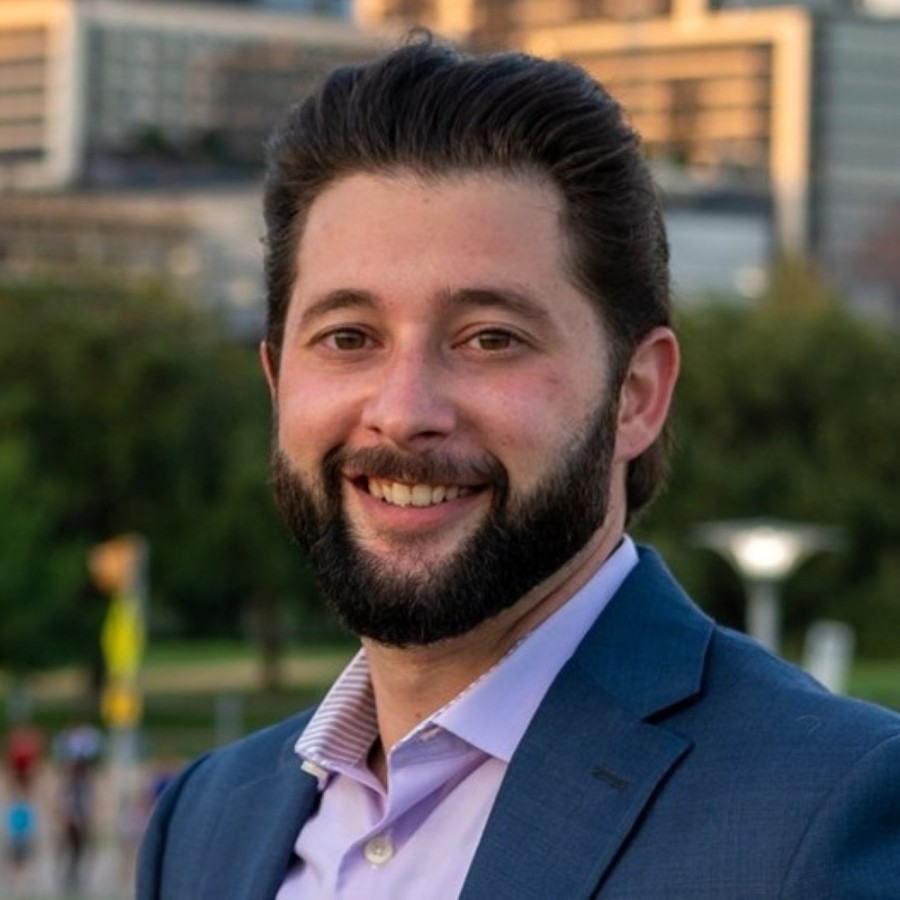
Mike Herschenfeld
Candidate bio: Herschenfeld is a former high school teacher, district administrator and state education leader with experience in designing, implementing, and managing systems in schools that focus on equity, accountability, and educator support.
What are the biggest challenges facing the district right now?
MH: Inequities based on race, income, and student ability: Engage in a comprehensive equity audit to address EVERY codified system/policy. Correct the foundation of AISD’s systems starting with addressing the enrollment and school-based funding systems. Lack of trust from the community: Create an ombudsman office to manage and investigate complaints. Collaborate with the community and educators to co-create a structured school redesign process. An increasing trend of families leaving AISD: Understand why students left and what we could have done to not lose them. Work to create the options within AISD that are reflective of those needs and wants.
How would you grade the district’s COVID-19 response so far and what, if anything, would you have done differently if on the board?
MH: I give the district overall a C+ from the start of the crisis. If I had been on the board in March, I would have prioritized students by focusing solely on planning for the start of the 2020-21 school year and building effective systems of communication between all stakeholders rather than spending all spring and summer on a superintendent search that only added to the organizational and operational dysfunction of the district.
Austin ISD voted to close four schools last fall as part of its school changes plan, with an assumption that another proposal for changes would be coming in 2020. How do you feel about the original plan, and what would you like to see going forward?
MH: The original plan is reflective of institutional racism and inequity. Further, as a former member of the district’s Boundary Advisory Committee, it was professional malpractice to allow the closure of campuses while building new schools and while many campuses are over 120% capacity. Moving forward we need to explore every possible solution prior to any closure. I believe that starts with addressing how our boundaries maintain historical segregation and how we do enrollment.
The district opened an equity office last year. How would you like to see the office used going forward?
MH: We need to expand the mission of the equity office and ensure that it is appropriately staffed to meet that mission. At a minimum, that office should be responsible for engaging cross-functionally to ensure there are no systems, policies, or procedures in the district or individual schools that disproportionately affect students based on race, income, ability, or self-identities. The office must be transparent in their thoughts and opinions without fear of retaliation from the board or Superintendent.
How can the district better retain its students as charter schools and other options continue to get established in AISD?
MH: Students leave AISD for private, religious, homeschool, and charter school options. I believe the first step is to stop deflecting the blame on to those other options and on families for making that difficult decision. We need to stop saying “charters steal our kids” and start saying “we lose our kids”. By accepting this truth we can finally focus our energy on understanding what we’re doing to lose students and make appropriate changes internally to address them so families choose to stay with us.
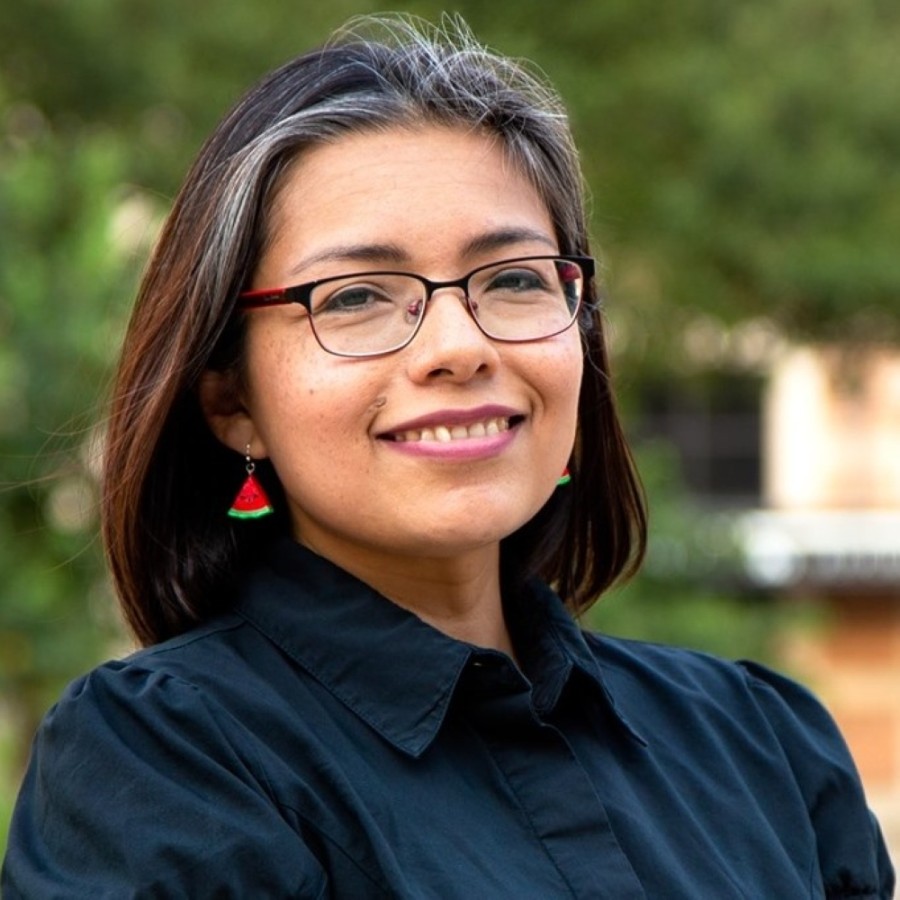
Noelita L. Lugo
Candidate bio: Coming from a working-class immigrant family that is both indigenous and Latino, Lugo said she was encouraged to excel in school and was the first in her family to graduate from college. With a master’s degree in social work from the University of Texas, she said she has devoted her 20-year career working in state public policy focused on family-centered child support, workforce development partnership programs and young parent and fatherhood programs. She is a parent, and was an active member of the Pease Elementary School community before its closure.
What are the biggest challenges facing the district right now?
NL: Challenges and solutions include: Ensuring adequate resources—Provide strong legislative advocacy to increase funding and reduce high-stakes standardized testing. Maintaining enrollment during COVID—Base reopenings on public health data, continue enhancing online instruction, provide safe in-person instruction for students most in need. Rebuilding community trust—Commit to authentic communication/engagement for major decisions.
Improving equity districtwide—Conduct an equity assessment, implement actionable recommendations. Strengthening Special Ed—Improve services for, and treatment of, SpEd students, teachers, families.
Improving equity districtwide—Conduct an equity assessment, implement actionable recommendations. Strengthening Special Ed—Improve services for, and treatment of, SpEd students, teachers, families.
How would you grade the district’s COVID-19 response so far and what, if anything, would you have done differently if on the board?
NL: Decisions based on science – Phased-in re-opening must be based on public health, scientific data, not arbitrary dates. Co-design with SpEd, DL educators – AISD executive admin should have & must include SpEd & DL educators through-out decisions about virtual & f2f instruction. Offer safe options – We cannot offer a one-size-fits all option. What might be marginally safe for some will be deadly for others. (Latino positivity rate 3.5% higher than non-Latinos).
Austin ISD voted to close four schools last fall as part of its school changes plan, with an assumption that another proposal for changes would be coming in 2020. How do you feel about the original plan, and what would you like to see going forward?
NL: The district paid for a school closures PR Plan (Arrow At Work) using funds from Austin Ed Fund. It should have spent time & energy prioritizing 2017 bond expenditures to replace HVACs, playground equipment, improving infrastructure at East Austin schools. The district’s communication was opaque & filled with buzzwords. Going forward, AISD & the board must work directly with impacted communities, not just select advisors -but the actual families who will be directly impacted by consolidations.
The district opened an equity office last year. How would you like to see the office used going forward?
NL: The board can set the expectation that equity office be fully staffed & funded, that the Chief Equity Officer be a stable position (AISD should executive a 2 to 3-year contract with Dr. Hawley), and the board should ensure that they are participating in on-going anti-racism and cultural proficiency training as well as calling upon the equity office to provide routine updates during board meetings. The board should pass district policies grounded in anti-racism –demonstrating equity in action, policies and practices.
How can the district better retain its students as charter schools and other options continue to get established in AISD?
NL: AISD must: Develop a strategic enrollment plan; Support campuses and partner with community organizations to reach families before pre-K and K; Recognize that families want quality instruction, qualified teachers, enriching academic offerings and well-maintained facilities; Advertise the district’s many outstanding programs; Expect trustees to actively engage in community outreach; Expand the ‘community school’ concept to provide wrap-around services for families at more campuses; Work with the city for more affordable family-friendly housing throughout the district.
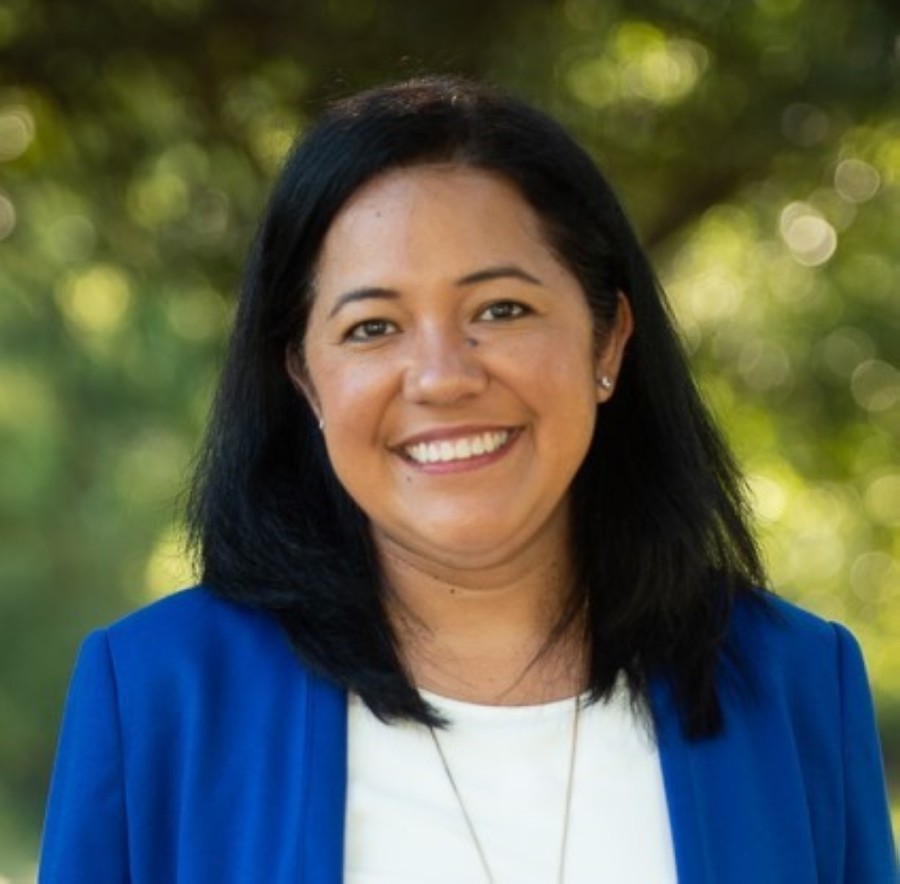
Leticia Moreno Caballero
Candidate bio: As a parent of three and an AISD graduate, Moreno Caballero said she has been highly-involved with the district, including campus level volunteering at Baranoff Elementary, Bailey Middle School and Bowie High School. She has served on Baronoff’s PTA and Campus Advisory Council, and in 2015 was chosen as Tri-Chair for AISD’s Facility and Bond Advisory Committee. She also serves as Vice Chair of the Austin Ed Fund, and is a graduate of the University of Texas at Austin.
What are the biggest challenges facing the district right now?
LMC: As a large urban school district, our biggest immediate challenge is educating our students in this COVID-19 environment safely. We must ensure safe protocols for our teachers, students and meet the academic needs of our students. AISD’s ongoing challenge continues to be building community trust. Our district must improve communications and engagement with students, employees, and families. The amount of money the district sends to the state under recapture is astounding. This year, AISD sent $681 million to the state. We must advocate for a school finance system that allows us to keep our public school dollars in Austin.
How would you grade the district’s COVID-19 response so far and what, if anything, would you have done differently if on the board?
LMC: The district’s response to COVID-19 lacks clarity and confidence and it has left both families and employees with more questions than answers. District administration did not lay out a clear plan early on that was based on data and metrics. This created many concerns about safety and learning. As a parent, I needed to hear plans early this summer so I could understand how remote learning would be enhanced and what safety protocols will be present once students transition back to school. As a board member, I would have urged a focus for an opening plan.
Austin ISD voted to close four schools last fall as part of its school changes plan, with an assumption that another proposal for changes would be coming in 2020. How do you feel about the original plan, and what would you like to see going forward?
LMC: The plan to close schools was not transparent. While some campuses had been engaged years earlier, the plan came as a surprise to several campus communities. This abbreviated and rigid engagement and quick decision-making caused pain for many families at those schools. The district should work with schools to understand the root causes of under enrollment and to implement innovative solutions to grow shrinking campuses. To turn this trend around, it will require meaningful community dialogue and consensus building, targeted investments, and a focus on strengthening academic outcomes at every AISD campus.
The district opened an equity office last year. How would you like to see the office used going forward?
LMC: The creation of an AISD equity office was a critical first step in addressing long-standing systemic inequities in the district. AISD should strive to provide each child what they need to develop their full academic and life potential in all AISD campuses. This will require an organizational culture that is aligned around action that is supported by policy decisions that will advance this mission. When our students succeed, we all succeed.
How can the district better retain its students as charter schools and other options continue to get established in AISD?
LMC: The district must do a better job of understanding and addressing why parents choose charter schools. There are drivers such as after school care, transportation, and flexibility that the district can no longer ignore and must address. AISD has many specialized academic programming and extracurricular activities that are not offered by charter schools but these are often not well-publicized or understood. AISD must work to improve its customer service and communications to ensure that parents who have that choice know what is available to them and that they will have a welcoming home in their neighborhood school.


